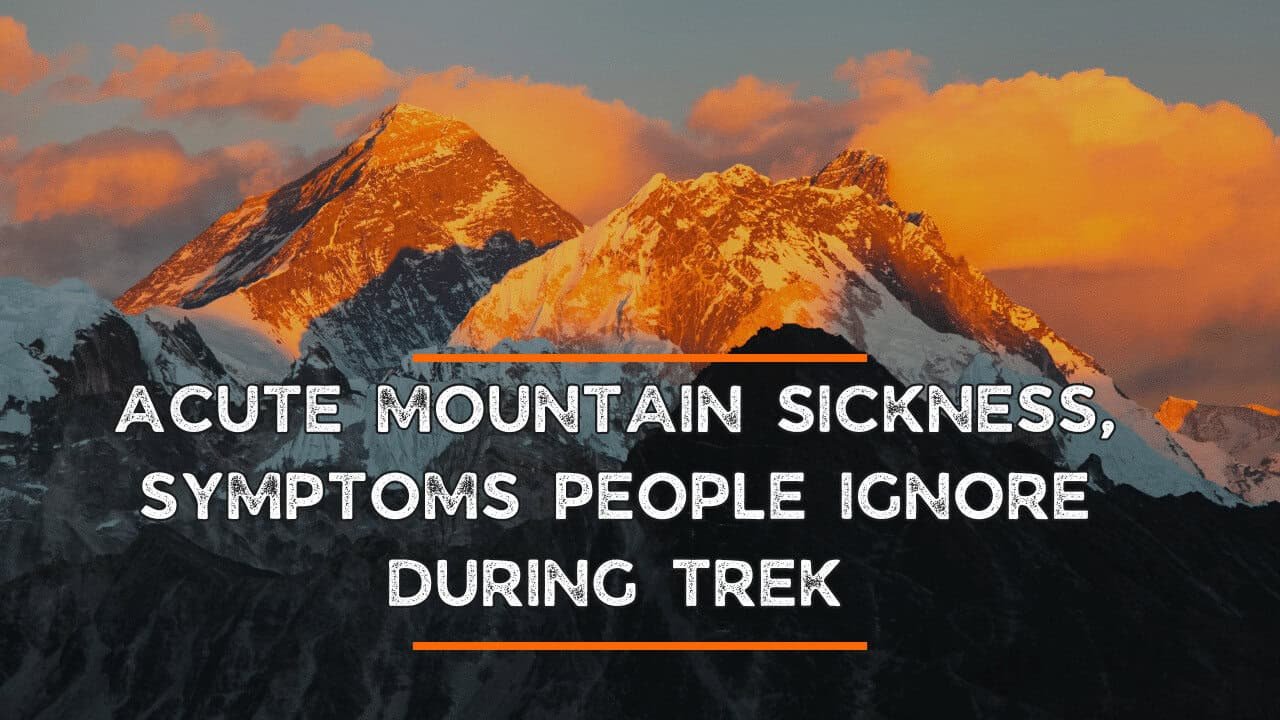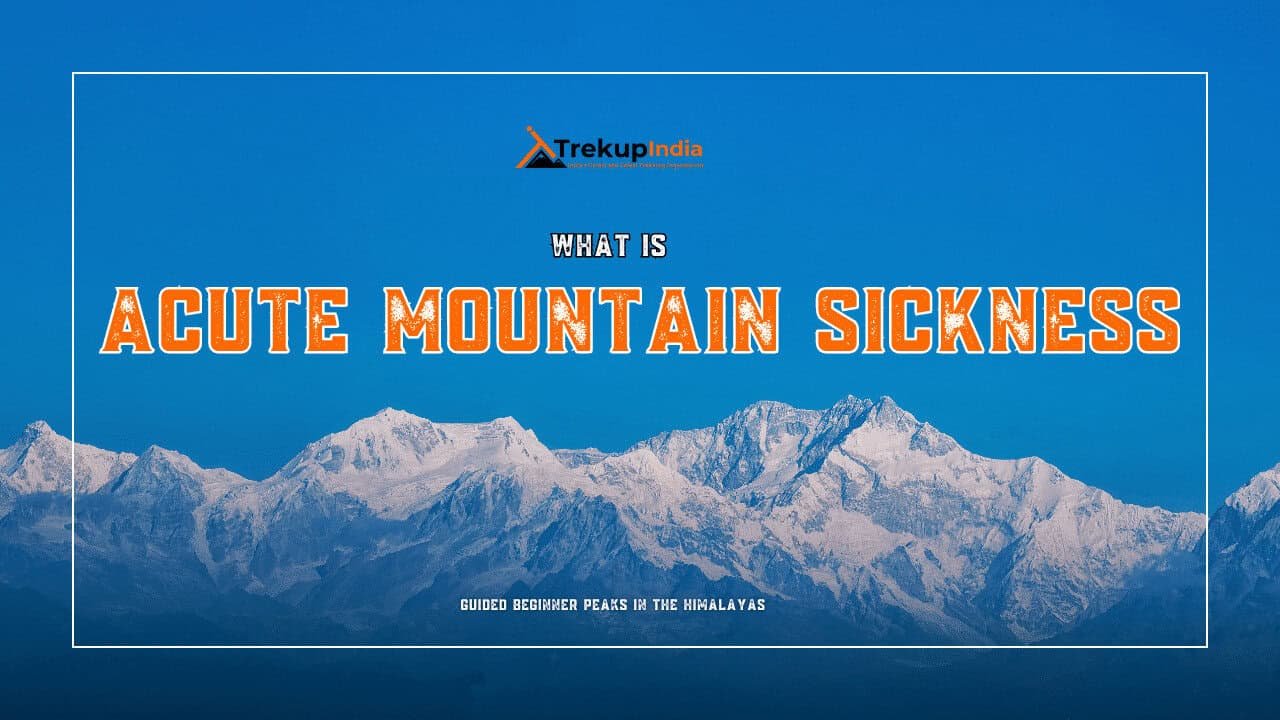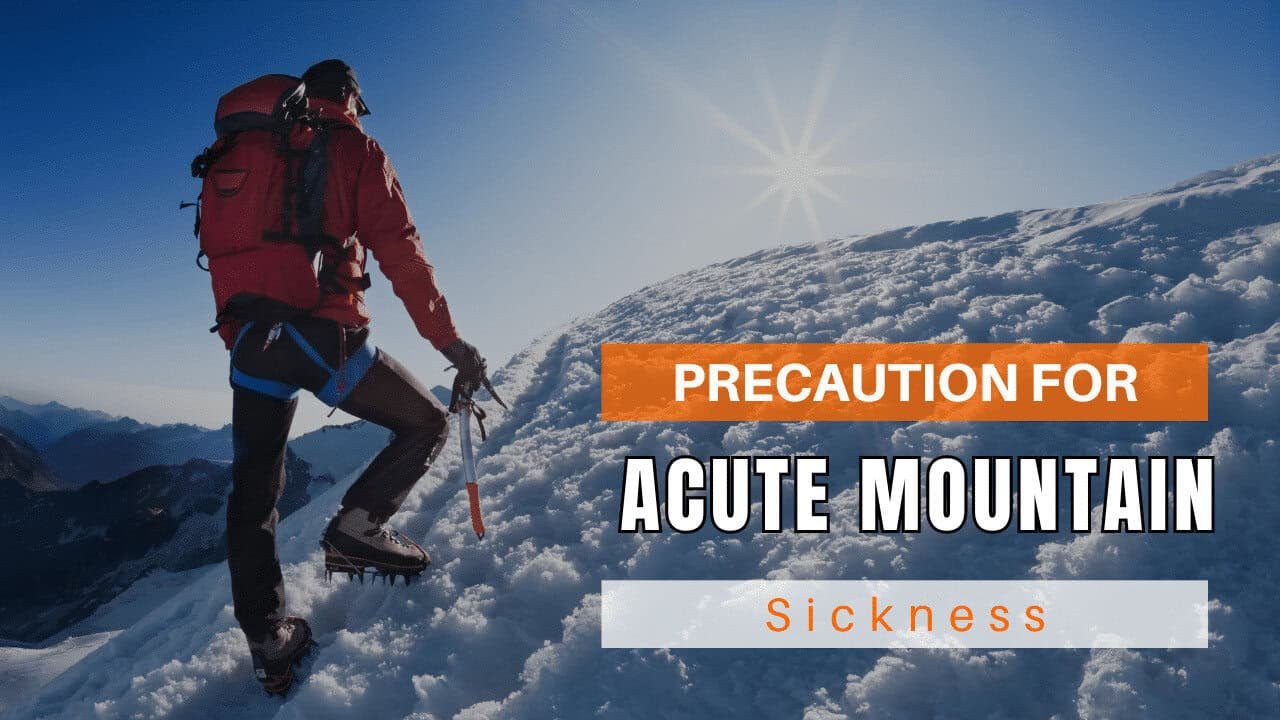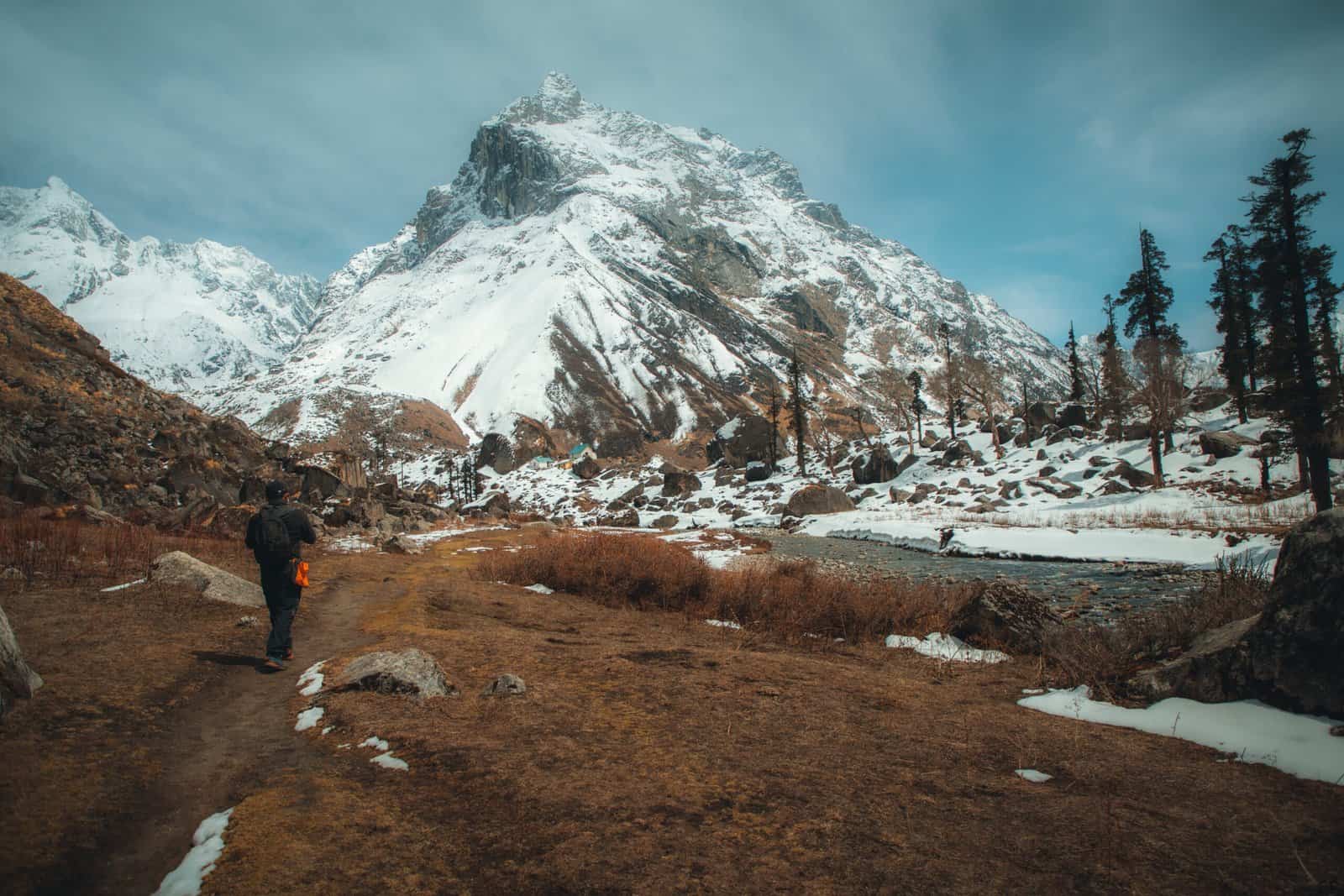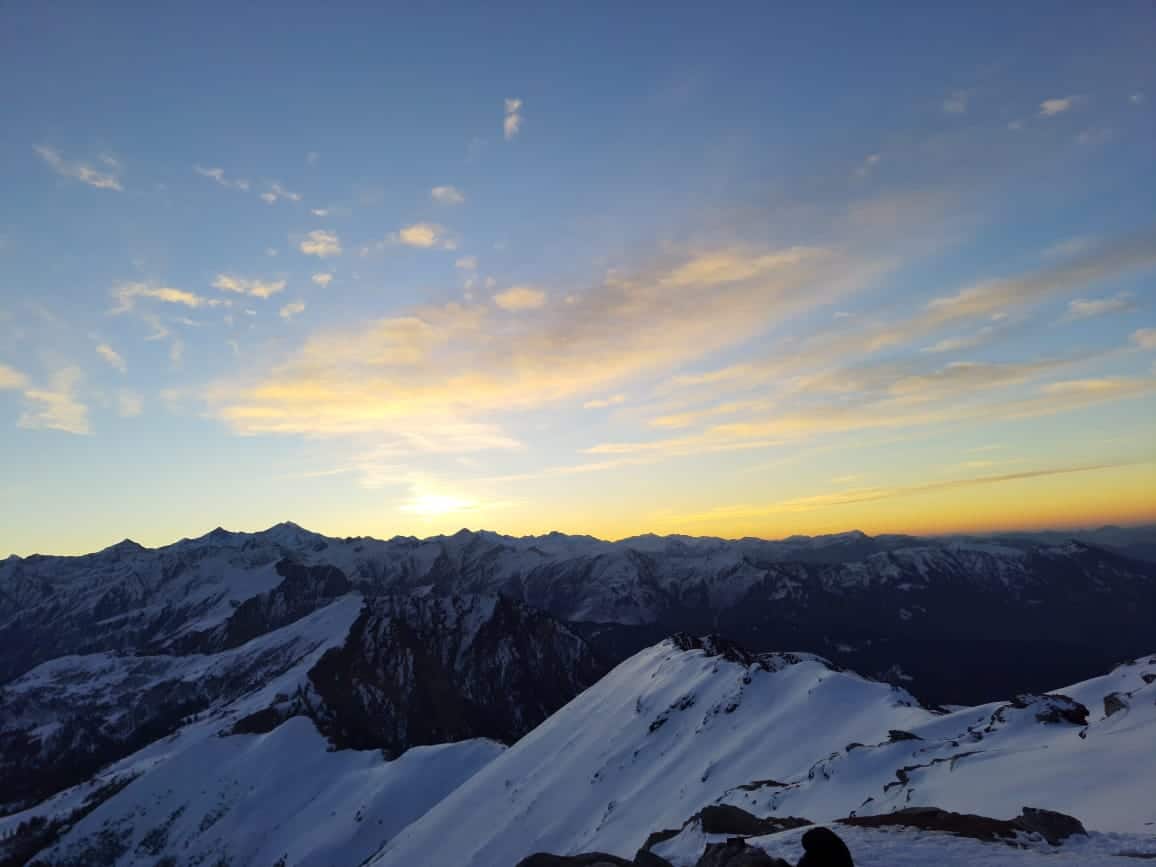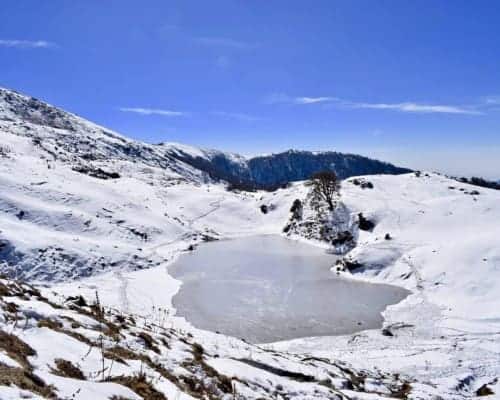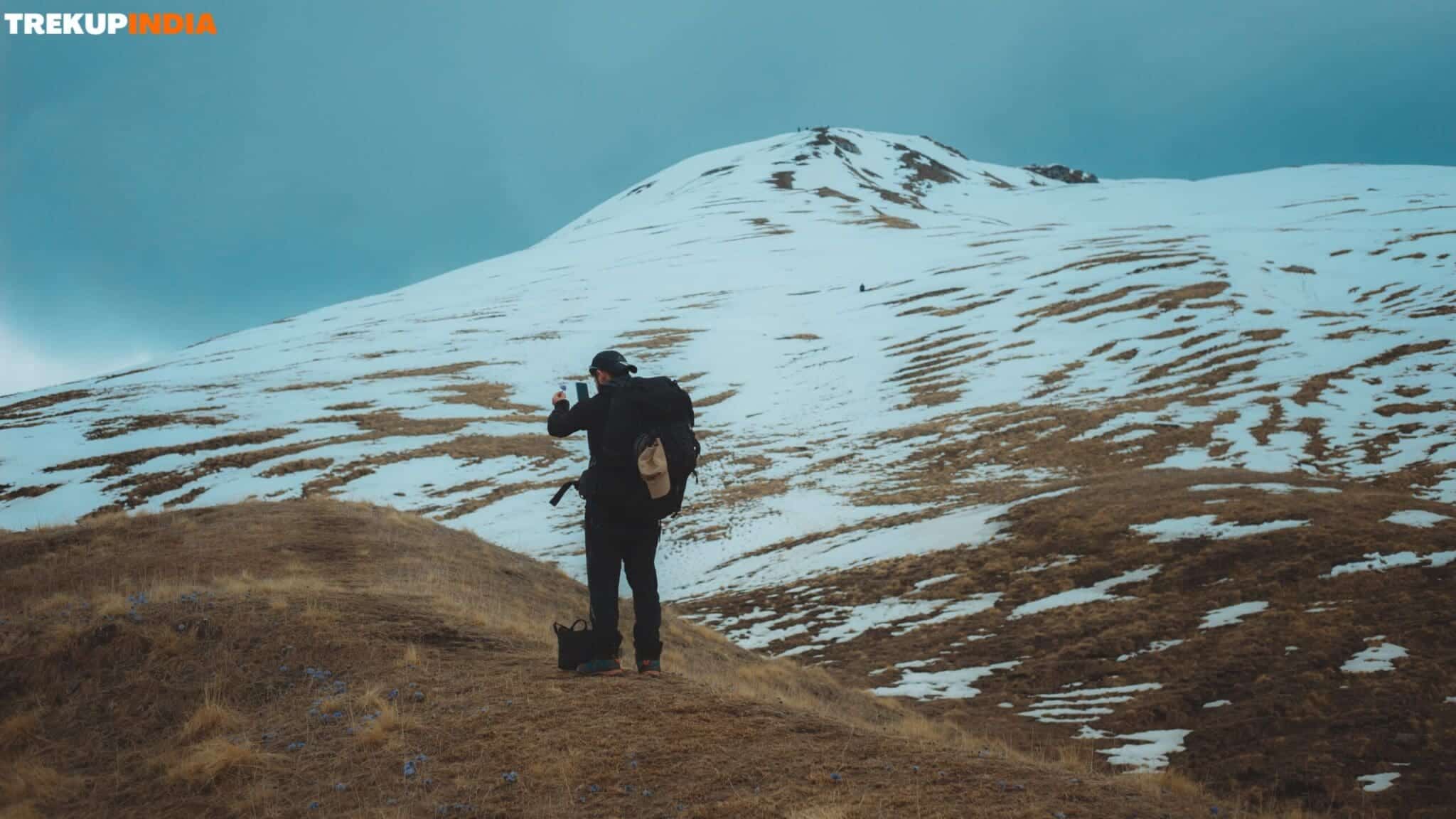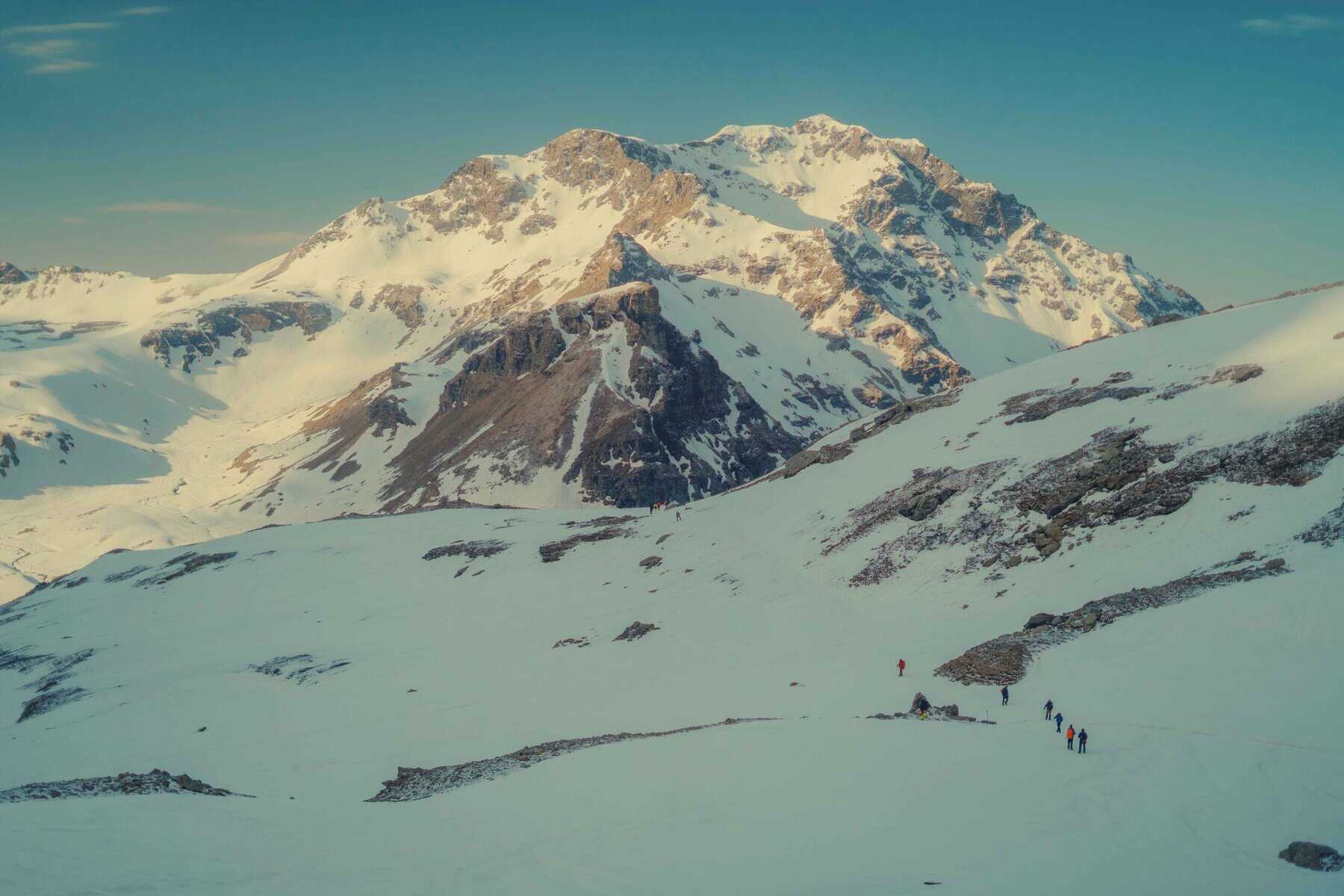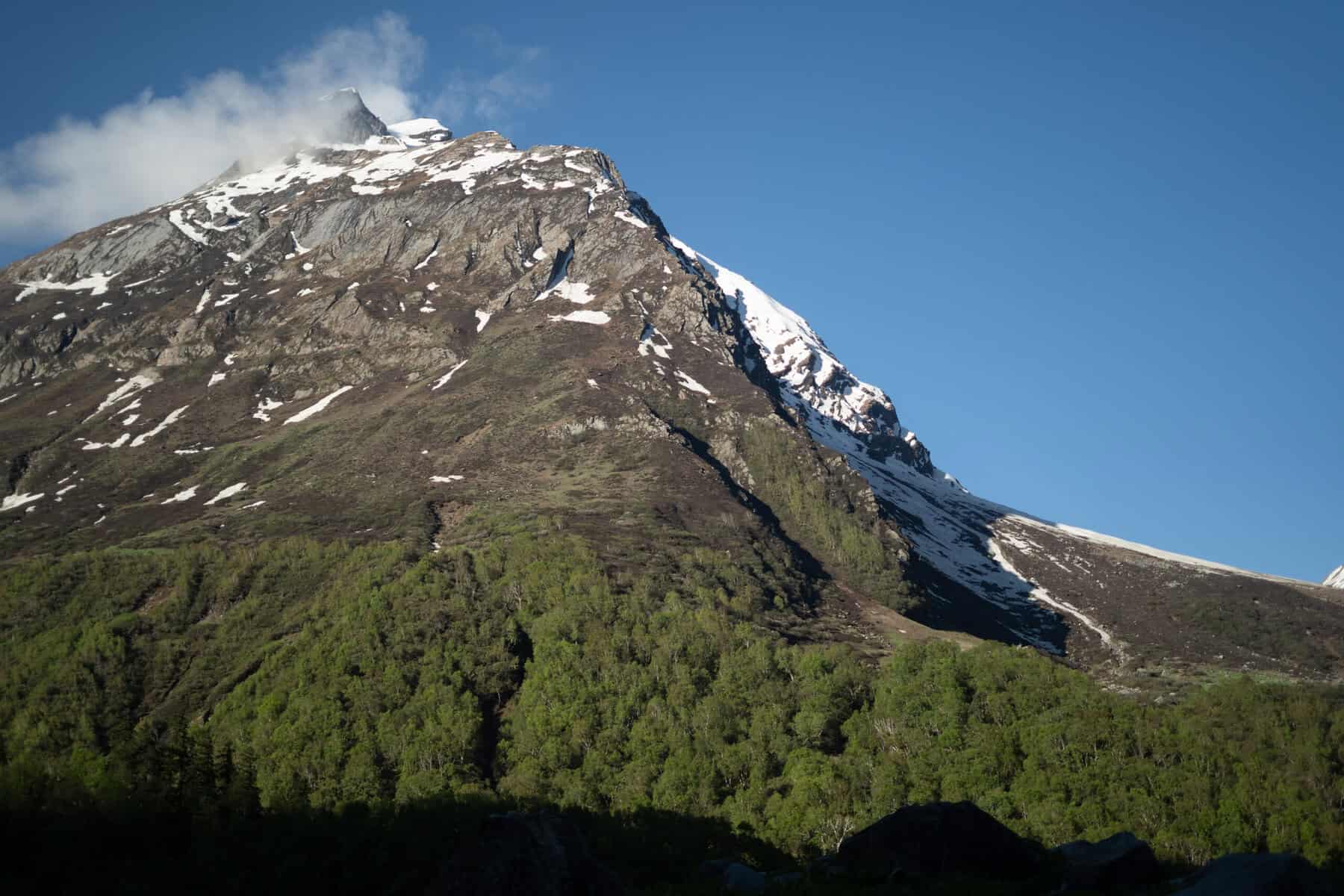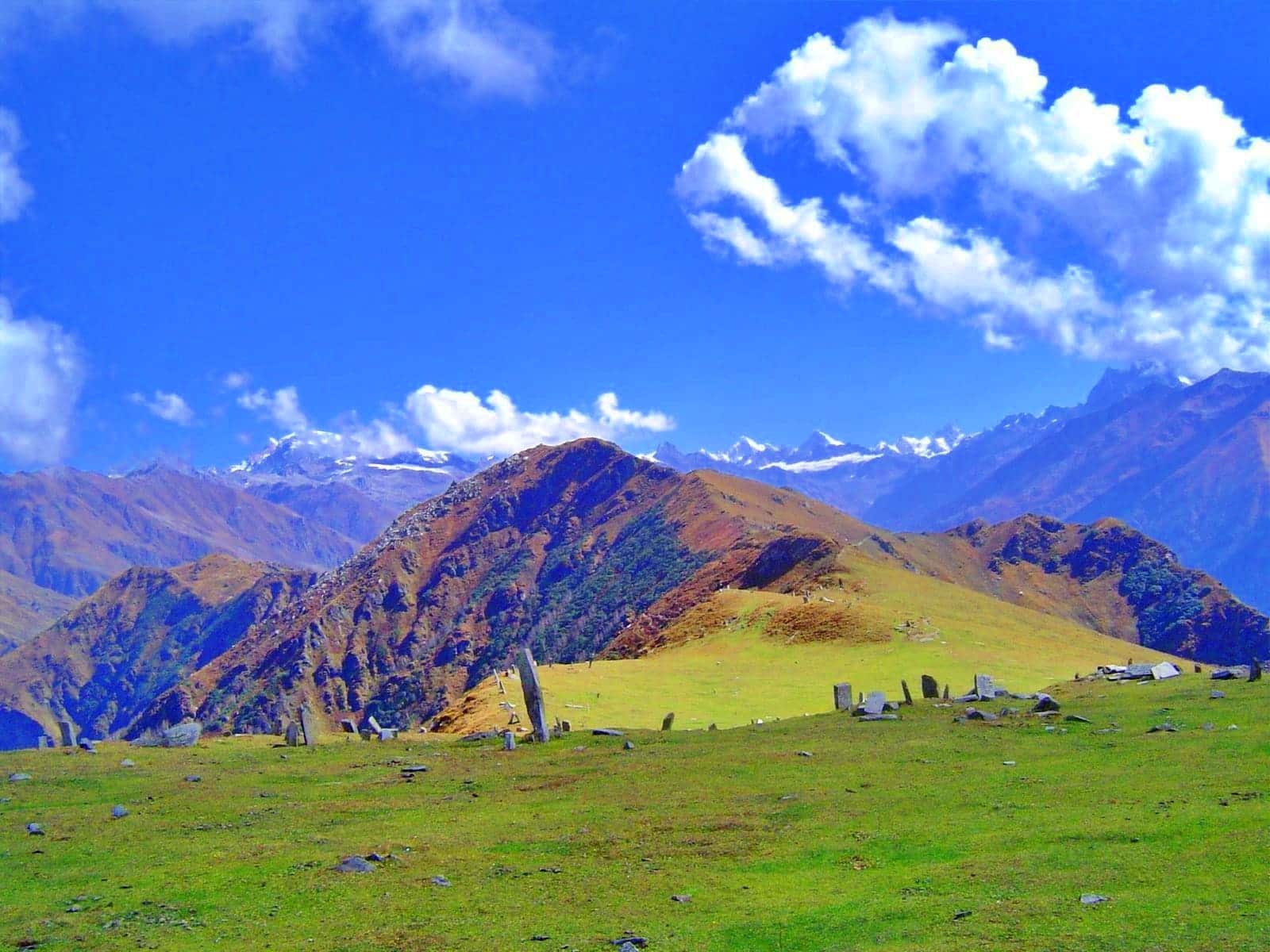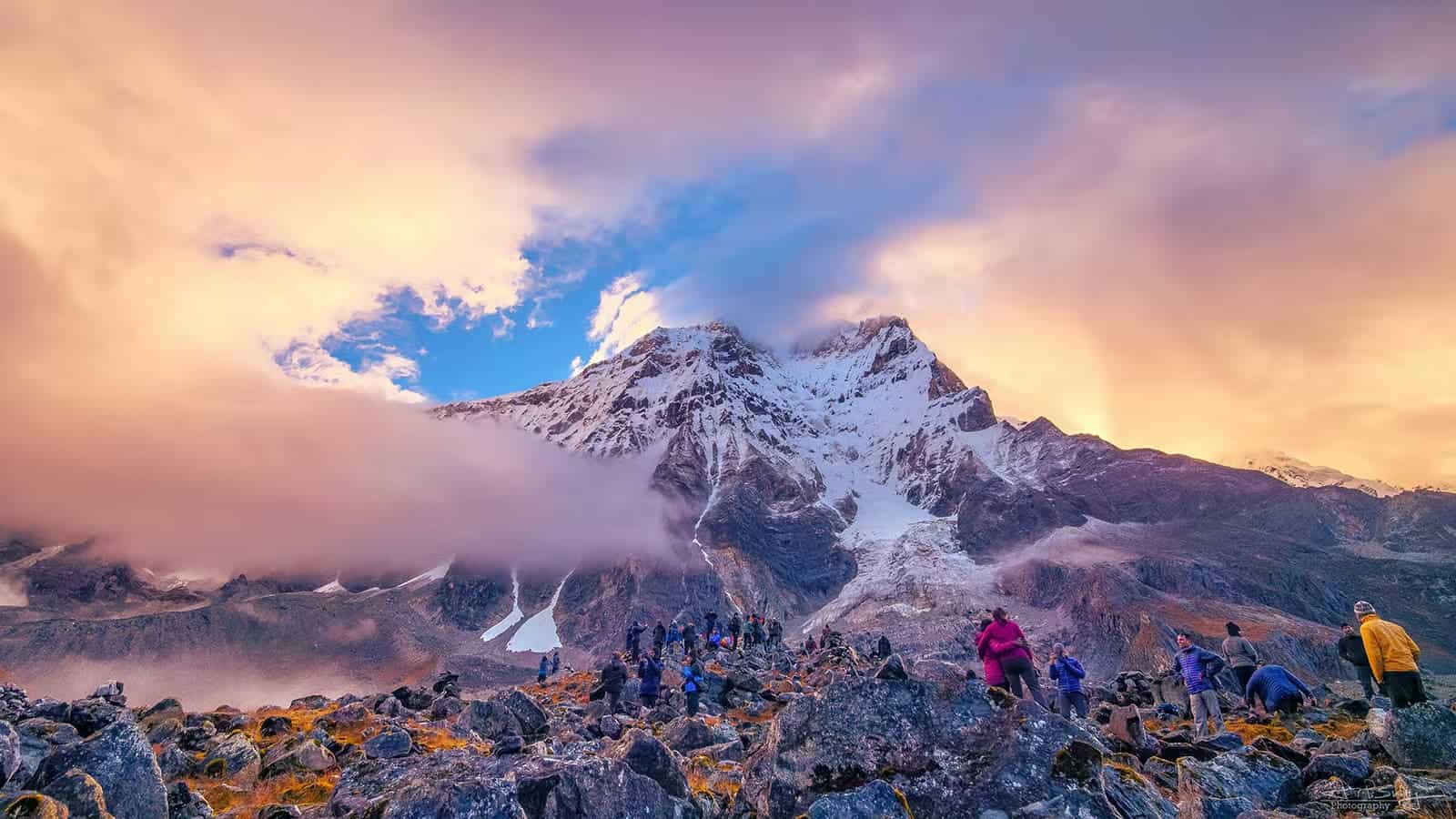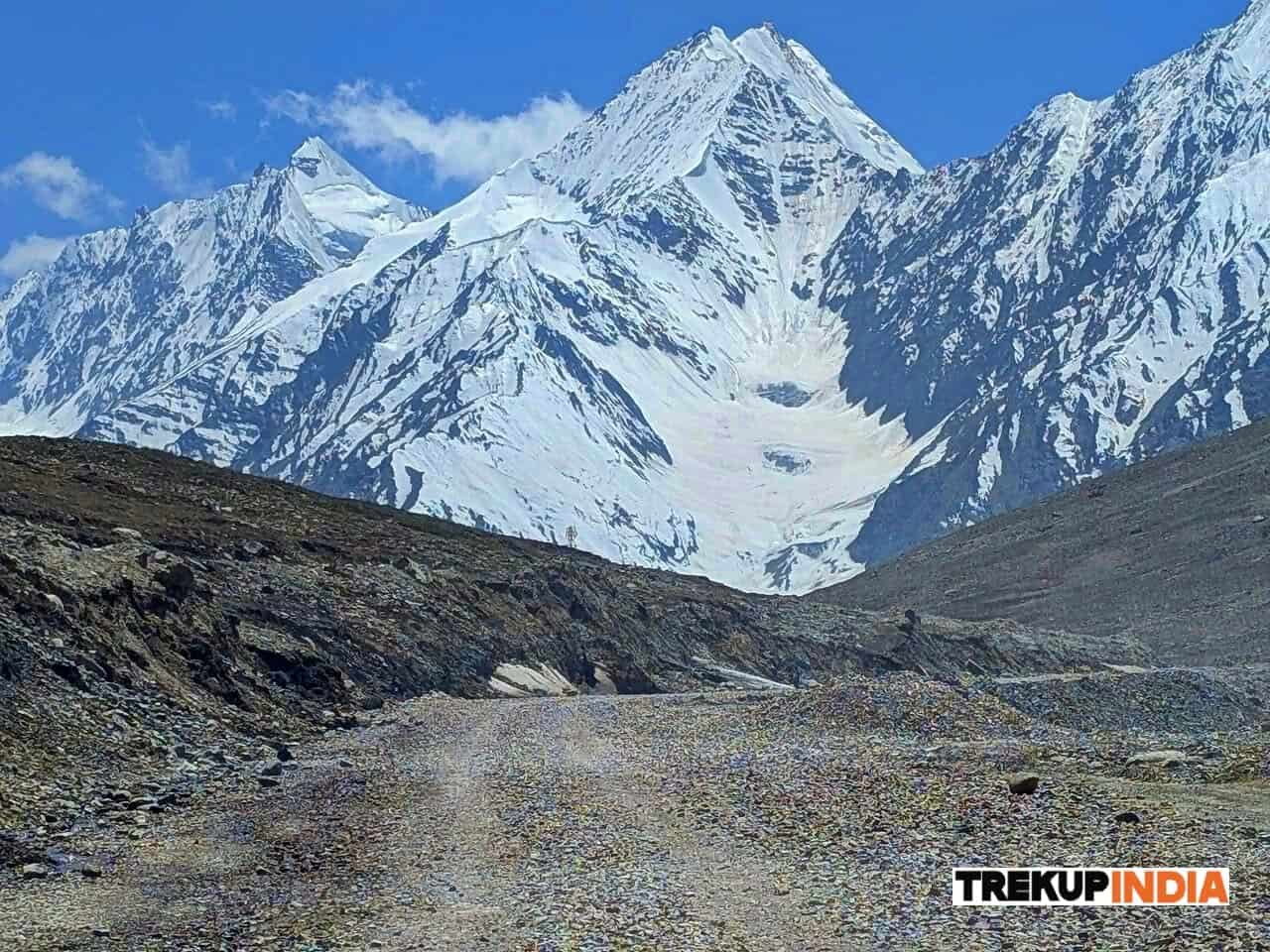Dayara Bugyal Trek – A Lush Alpine Meadow Adventure
India, our home, is blessed with many picturesque meadows that are hilly and gorgeous to explore, more so than you’ve seen on film. These hidden treasures can be found throughout Jammu & Kashmir, Uttarakhand, Himachal Pradesh Sikkim and Arunachal Pradesh mountain regions where these meadows reside; although these areas don’t appear due to accessibility via foot which complicates transportation of extremely heavy filming equipment for filming – thus remaining unknown by modern society – but I believe none can match Dayara Bugyal in terms of beauty.
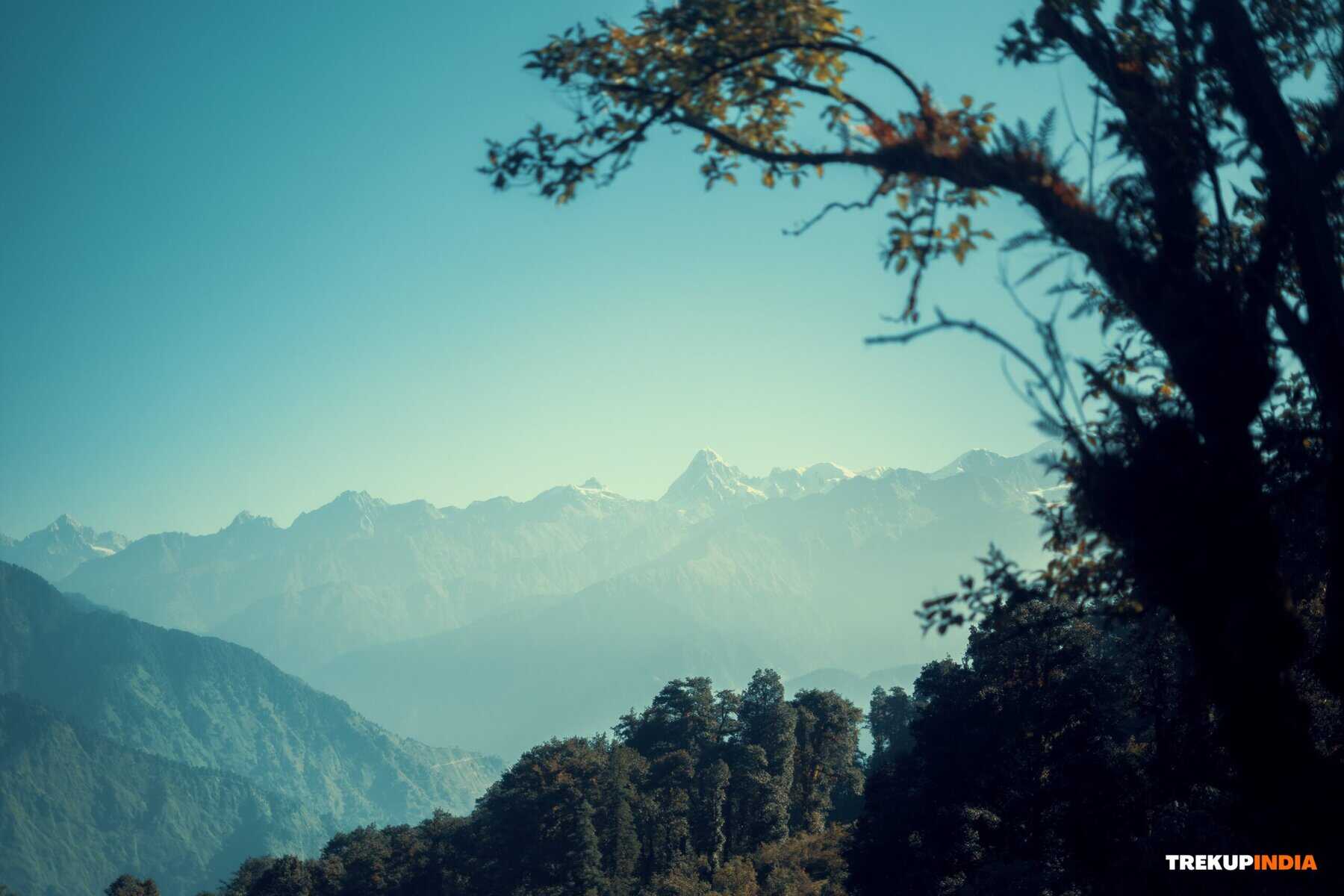
Bugyals Are Physical Embodiments of Divinity Let me start by explaining exactly what a ‘bugyal’ is: an alpine pond located within Uttarakhand that has distinctive meadow features unique to that region, known as Uttarakhand Bugyals are named from their presence within its region; more precisely in Uttarakhand where their term originates as part of local dialect and means either high altitude meadow or nature’s backyard; they feature vibrant green grass that turns vibrant during summer; their locations range between 10000ft to 13000ft above sea level – making them physical embodiments of divinity. Dayara Bugyal stands at an elevation of 10,000 feet, which makes it neither too low nor excessively high. The area covers 28 sq. km, almost level land with just gentle slopes covered by grass – ideal for hiking with no possibility of injury! Here, pure air energises your lungs like fuel for a steam engine.
Why won't I see trees or even small ones in a meadow?
It lies above the treeline at approximately 10,000 feet above sea level. Because of limited soil layer depth and steep slopes, trees do not flourish there. Instead, the grassland provides 180-degree panoramic views of snow-covered mountains from all seasons, such as Bhagirathi, Kalanag, and Bandarpunch mountains can be seen clearly from this grassland. On your journey to Dayara Bugyal, you will come across beautiful pink and red Rhododendrons. If you feel fatigued during your trek, simply pluck a few out, clean them off with water, and enjoy their beauty as flowers would! Indulge yourself! Attempt to consume some flowers like they were fruit. Sweet juice from these shrubs will quickly recharge your batteries.

Did you know that rhododendron drink is an amazing blood purifier?
Rhododendron drink, produced using Rhododendron arboreum flowers, which are common throughout the Himalayan regions, is recognised for its blood-cleansing effects as well as various health benefits associated with traditional medicines. Flavonoids and phenols are powerful anti-oxidative ingredients that combat the negative impacts of oxidative stress. Anti-Inflammatory Properties: Anti-inflammatory properties may help to decrease inflammation within the body. Digestive Support Supplements may be used to aid digestion and alleviate stomach disorders.
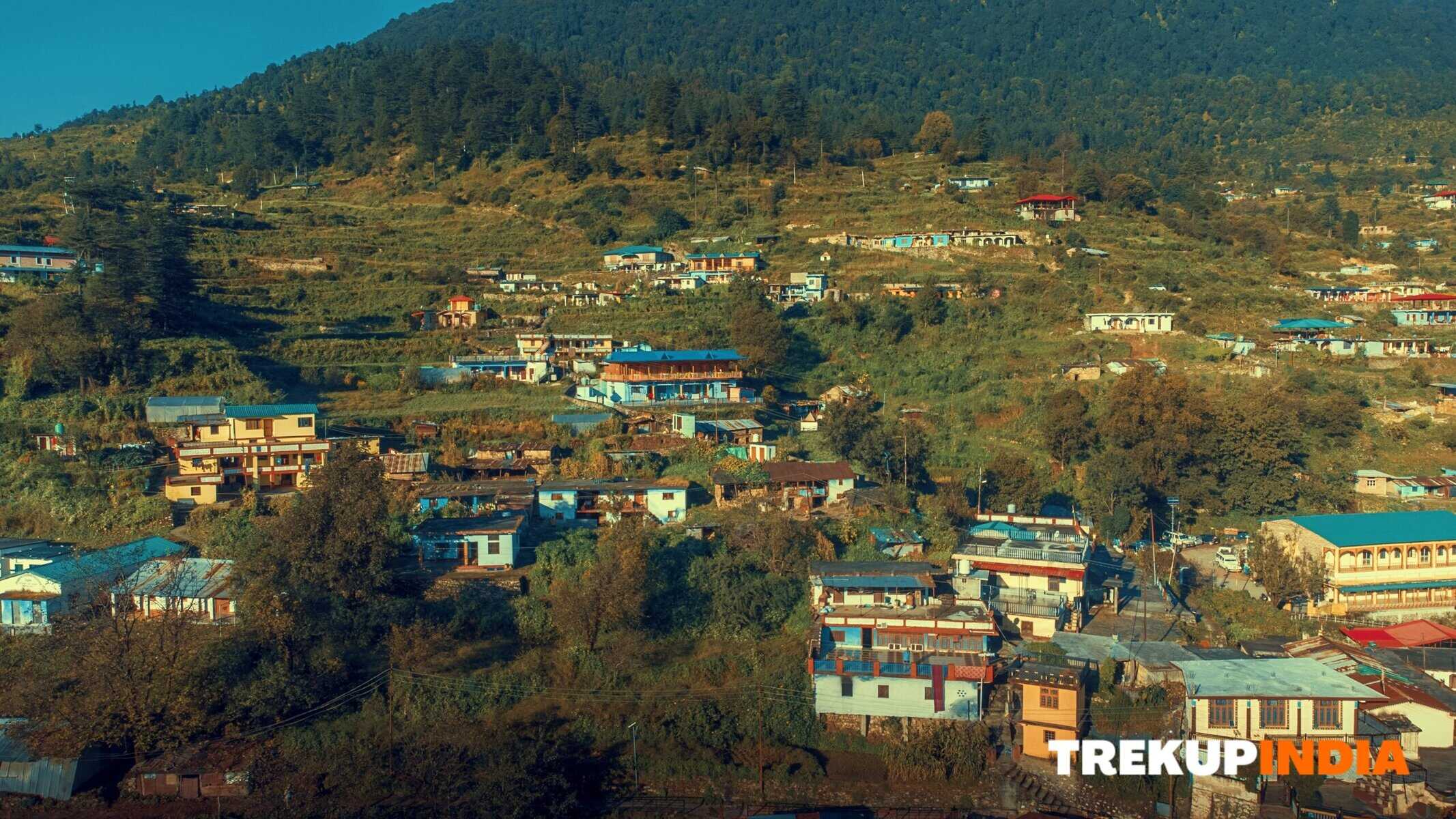
Meadows provide both mammal play space and predatory bird hunting habitats. One such predatory bird is the Golden Eagle, which runs around meadows hunting small to medium-sized creatures for food. If you encounter dead animals during your Dayara Bugyal trek and you discover carrion that is decaying, remain there and turn back a few steps to allow the birds of prey and scavengers such as cinereous and Himalayan Vultures to feed from it. Cinereous Vultures are black, while Himalayan Vultures have brown feathers. If a bone falls from the sky, don’t be alarmed; these birds have your back! Not even demons lingering overhead can do this job, but rather an osprey or bearded predator is responsible. Their job involves shattering bones into fragments so they can take out the nutritious as well as flavourful marrow for consumption. Once nightfall arrives at your campsite, listen out for Indian Eagle Owl and Himalayan Eagle Owl as these birds may be nearby. Domestic sheep also graze on grass here.
Are You Seeking Heavenly Path
Thinking about trekking in Uttarakhand? Take the Dayara Bugyal trek. This trek provides the ideal opportunity to relieve your stress, get involved with something meaningful, and witness stunning natural sights around the globe. Over 28km long from Haridwar to Barsu by way of Haridwar via oak forests before entering dense forests of rhododendrons and deodars before entering open areas where forest becomes thicker again after 20 minutes after passing a garden belonging to government garden where there is an open area before entering dense forest of rhododendrons, deodars, deodars before reaching its summit where its terrain becomes softer again. Soon thereafter, you’ll arrive at Barnala the meadow, a magnificent spot resembling a film trekker for Dayara Bugyal. At its centre is the freshwater lake of Barnala, surrounded by giant oak trees; fill up the lake, if necessary, before having lunch here at this idyllic spot surrounded by oak trees and offering great views of Dayara Bugyal movies! From here, it continues through the forest until reaching a line of trees where bugs appear before reaching the grassland with its fringes of firs and oak trees in abundance, while walking across the grassland towards Bakaria Top (12500 feet), offering unparalleled views of mountains covered in snow.
Dayara Bugyal Is Full of Charms
Although Dayara Bugyal may only be one site, its charms vary due to the different seasons and their effects. Springtime (March-April) sees grasslands come alive with colourful wildflower blooms. As May draws nearer, and darker skies become lighter throughout June. Monsoon rains will then arrive during July, August, and September to bring torrential rainfalls that will flood grasslands with torrential waters. At its greenest and lushest during this period, grass reaches its apex. However, as autumn nears and greenery begins to fade or get eaten by herbivores, this period ends, and grass starts thinning or becomes devoid altogether. Loss of grass is made up for by oak leaves falling, giving the area a vibrant orange hue. Wildflowers blooming, patches of green grass in some spots, and the yellowing leaves during October and November provide ideal scenes to photograph for photos.

December, January, and February bring heavy to moderate snowfalls that cover everything in white. At this time of year, Bugyal transforms from being an idyllic naturalist’s dream into an energetic ski area, no trees blocking your descent, so feel free to unleash your inner sailor with airborne manoeuvres as you blast forward on skis or snowboards.
About Author

Anoop Rawat (Admin TrekUp India)
Anoop has worked for 5 years as a Trek Leader with TrekUpIndia, leading numerous treks across the diverse and challenging terrains of Uttarakhand and Himachal Pradesh. He holds a degree in Geology with a specialization in Geographic Information Systems (GIS) from UPES Dehradun. During his academic years, he actively applied his classroom knowledge in the field—most notably by contributing to a glacier research project on the Jundar Glacier in the Har Ki Dun Valley, Uttarakhand. Write Anoop at anoop@trekupindia.com
Share this article
Dates For Upcoming Treks
Want To Trek Like Pro?
Basically, watch these videos if you want to trek the same way professional trekkers do and make your skills better. These videos contain useful tips and techniques to further improve your trekking skills itself. These videos actually help both new and experienced trekkers improve their trekking skills. These videos definitely provide useful tips that make your trek better. We are seeing that these videos by Trekup India experts will only help you make your trekking skills better.
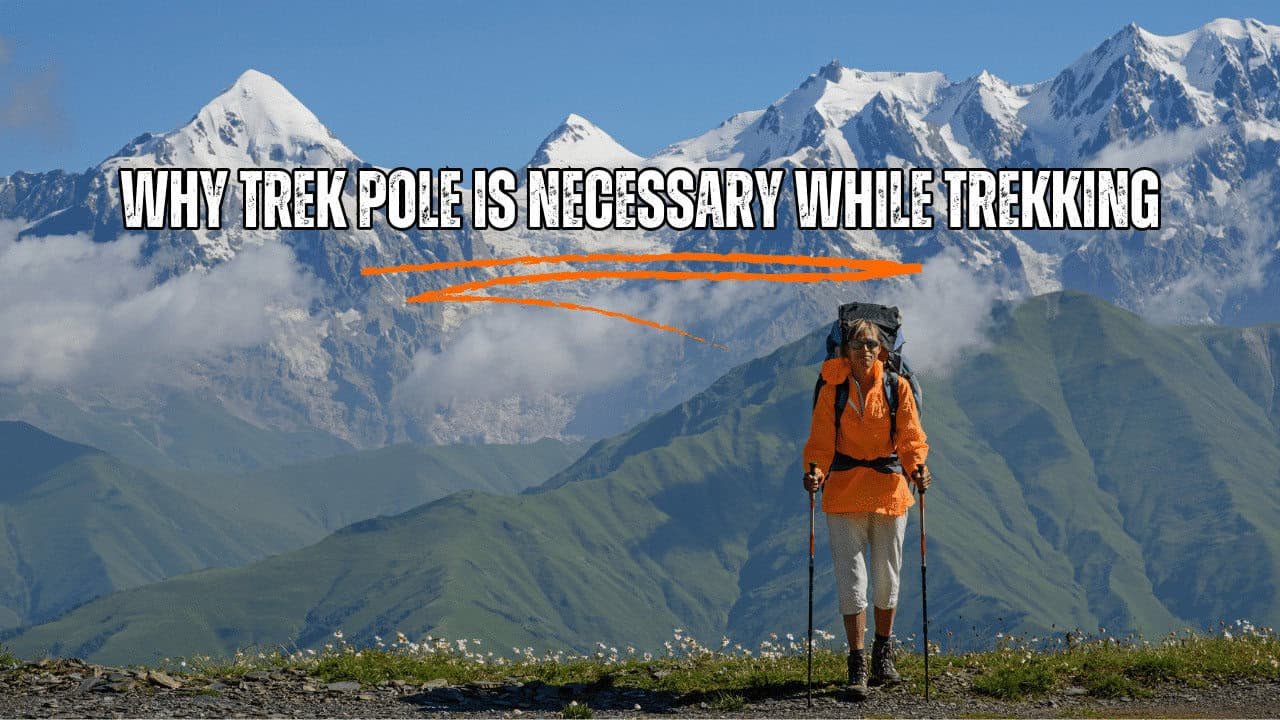

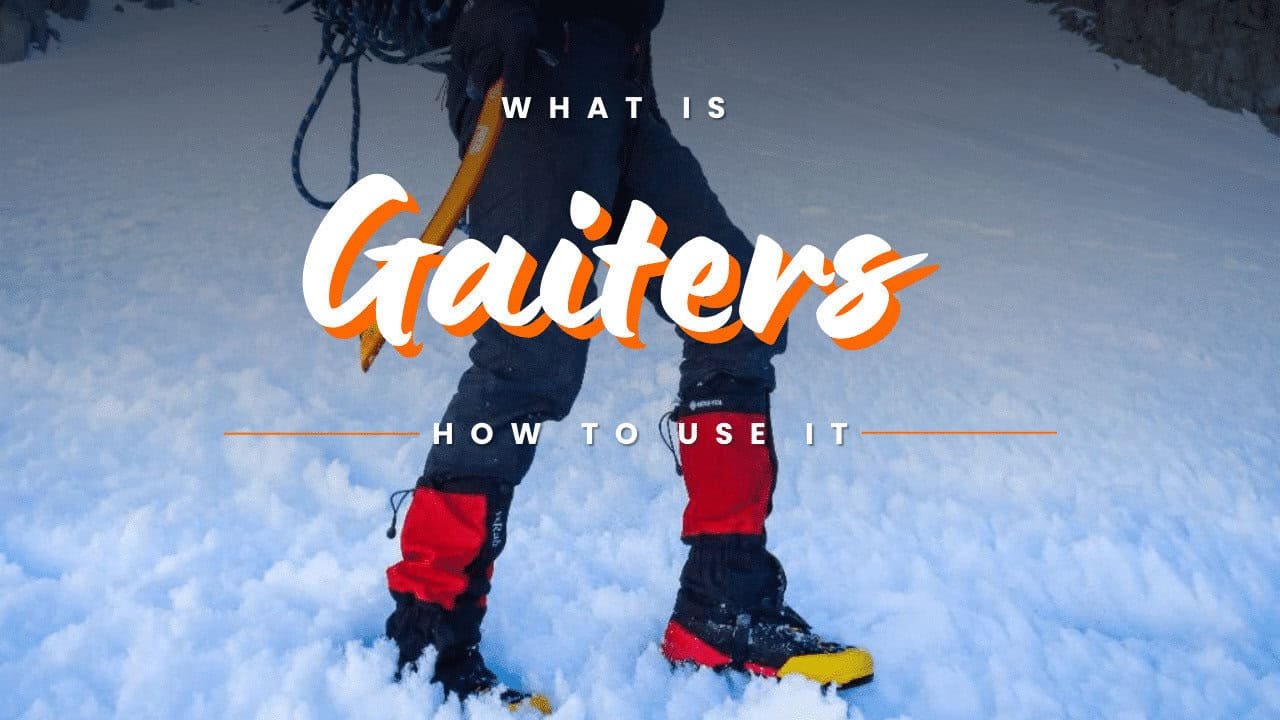


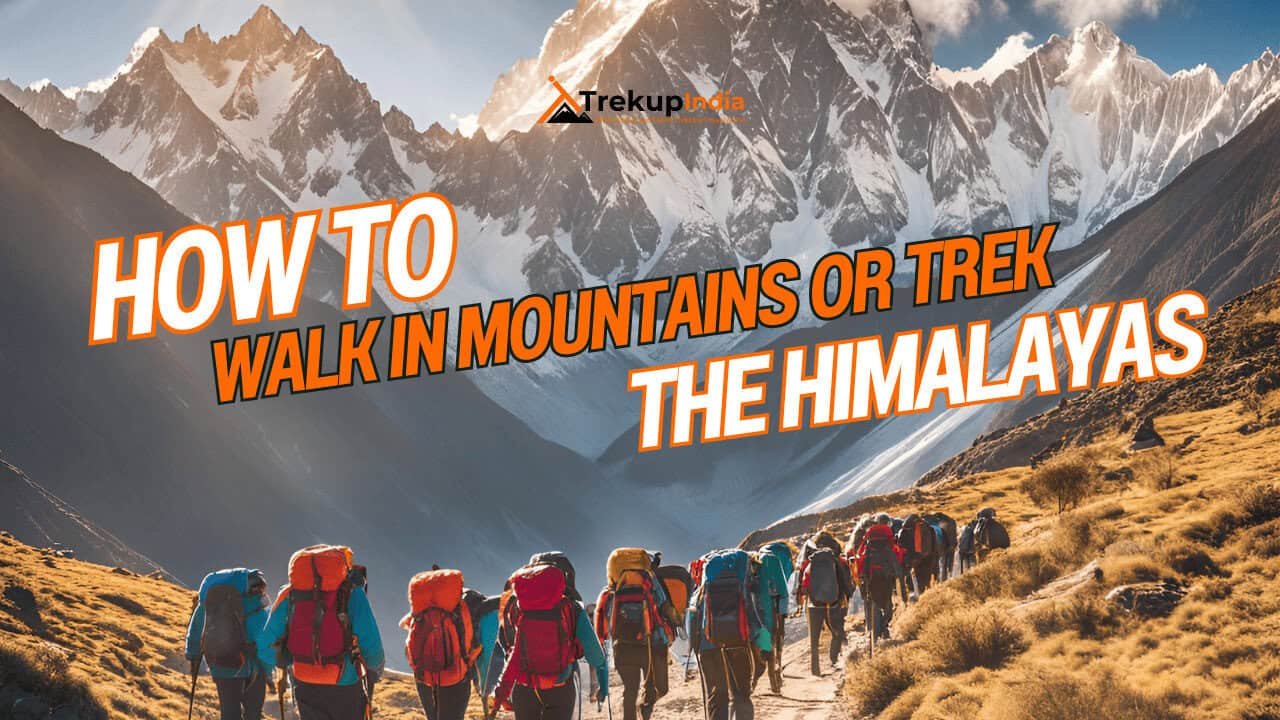

Know Everything About Acute Mountain Sickness
Acute Mountain Sickness occurs when people trek to high altitudes above 8,000 feet. This condition itself develops further due to reduced oxygen levels at such heights. Basically, as you go higher up, the air pressure and oxygen levels decrease, which causes the same problem. Acute Mountain Sickness surely causes headache, nausea, vomiting, and dizziness in affected persons. Moreover, peoples also experience difficulty in sleeping during this condition. To avoid mountain sickness, you should actually trek up slowly to higher altitudes. To learn further about this condition itself, watch the videos by Trekup India.
